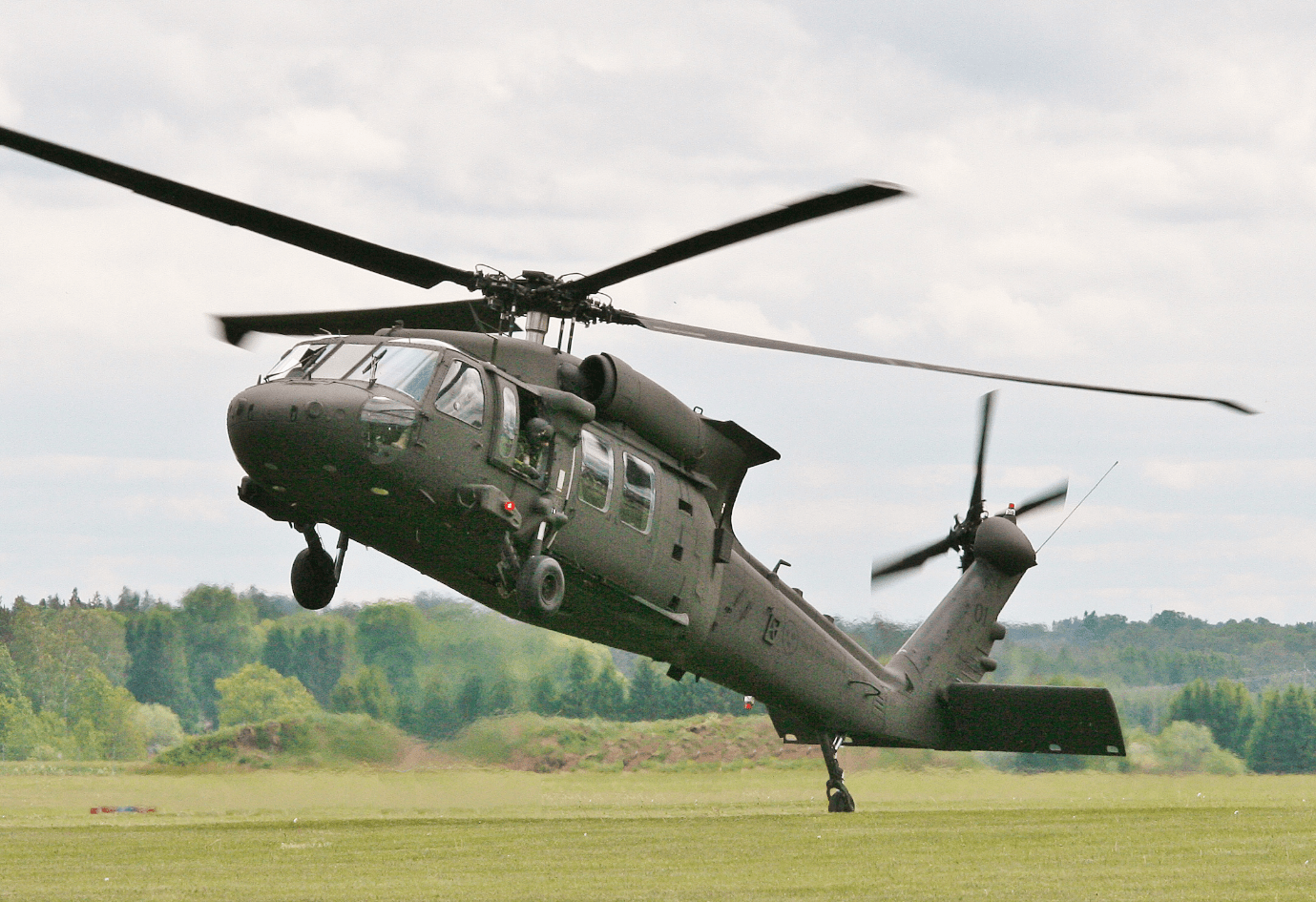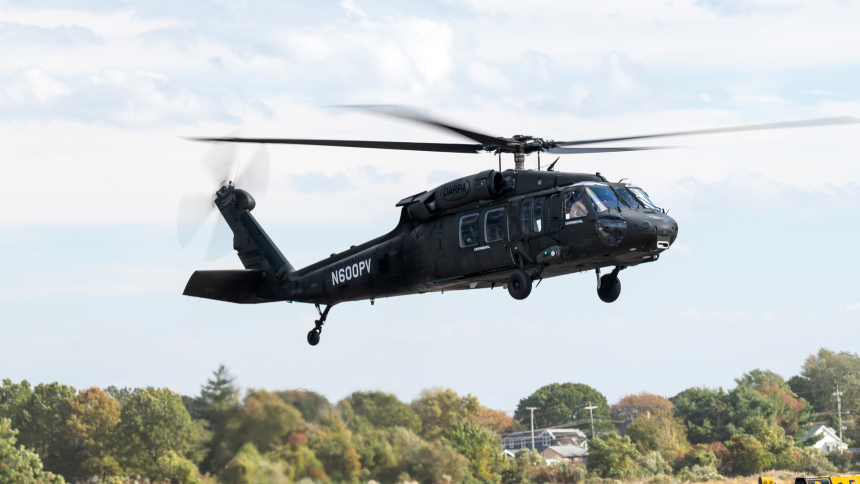UH 60 Helicopter: How It Continues to Shape Air Mobility and Combat Missions
UH 60 Helicopter: How It Continues to Shape Air Mobility and Combat Missions
Blog Article
Checking Out the Background and Evolution of the UH 60 Helicopter

Beginnings of the UH-60
The origins of the UH-60 helicopter can be mapped back to the late 1960s, a period marked by the requirement for a flexible energy airplane that might adjust to the advancing demands of contemporary war. The united state Military recognized the necessity for a substitute for the older UH-1 Iroquois, which was ending up being significantly insufficient for the intricacies of contemporary battle scenarios. In 1967, the Military started the Energy Tactical Transport Airplane System (UTTAS) program, which sought to establish a multi-role helicopter capable of numerous objectives, including army transportation, medical evacuation, and logistical support.
The UH-60 Black Hawk was presented, showcasing innovative layout components and advanced technology that set it apart from its precursors. The UH-60 promptly gained recognition for its robust performance, reliability, and adaptability, leading the method for its comprehensive usage in armed forces procedures and solidifying its standing as a cornerstone of United state Army aeronautics.
Key Layout Features
Cutting-edge design attributes of the UH-60 Black Hawk substantially contribute to its functional efficiency. Among one of the most remarkable elements is its twin-engine arrangement, which boosts reliability and offers a greater power-to-weight ratio, making it possible for the helicopter to carry out under numerous conditions. The airplane's four-blade main rotor system uses improved lift and ability to move, crucial for tactical objectives.

In addition, the cabin is developed for optimal exposure and ergonomics, including advanced avionics that simplify pilot operations. The modular layout of the UH-60 permits very easy maintenance and flexibility, making it suitable for numerous mission accounts, from troop transport to medevac procedures. These key layout functions ensure that the UH-60 Black Hawk continues to be a reliable and flexible property in military air travel, qualified of satisfying the needs of contemporary warfare.
Technological Innovations
Recent technical innovations in the UH-60 Black Hawk have dramatically enhanced its functional capabilities and adaptability. The assimilation of advanced avionics, such as digital trip control systems and boosted situational understanding display screens, allows pilots to operate with boosted precision and effectiveness. These systems facilitate boosted navigation, communication, and data sharing, allowing the helicopter to work properly in varied environments.
Additionally, the introduction of composite materials has decreased the general weight of the aircraft while preserving structural honesty. This reduction enhances fuel efficiency and extends operational range. The incorporation of advanced blades technology, consisting of the usage of four-blade, totally expressed blades systems, has actually enhanced lift performance and maneuverability, enabling better handling in various flight problems.

Moreover, advancements in propulsion systems, such as the T700-GE-701D engines, have raised power result and integrity - uh 60. These engines add to remarkable performance in high-altitude and hot-weather conditions
Lastly, the assimilation of self-defense systems and boosted sensing unit bundles enhances the Black Hawk's survivability and mission efficiency. Collectively, these technical enhancements guarantee that click for info the UH-60 Black Hawk remains an essential possession in contemporary aviation, efficient in adapting to the evolving needs of have a peek here humanitarian and armed forces missions.
Duty in Armed Force Workflow
As the foundation of U.S. Military air travel, the UH-60 helicopter plays an essential duty in various armed forces operations, working as a flexible system for battle assistance, transportation, and medevac goals - uh 60. Its style includes the ability to run in diverse settings, making it vital for troop motion and logistical support in both unusual and traditional war

In clinical emptying situations, the UH-60 has proven invaluable, significantly reducing the moment to deliver injured soldiers from the battleground to medical centers. Its sophisticated avionics and night vision capacities additionally guarantee mission success under tough conditions. Overall, the UH-60 helicopter continues to be a crucial possession, continuously adapting to fulfill the evolving demands of army operations and boosting the efficiency of united state pressures worldwide.
Future of the UH-60
Looking ahead, the future of the UH-60 helicopter involves considerable developments in innovation and capabilities created to enhance its functional effectiveness. As armed forces procedures develop, the UH-60 is anticipated to include cutting-edge innovations, explanation consisting of boosted avionics, enhanced weapons systems, and advanced interaction devices. These improvements will permit better situational recognition and mission adaptability, ensuring that the UH-60 stays a vital possession on the battlefield.
One significant growth is the integration of fly-by-wire systems, which will certainly boost flight control precision and lower pilot work. Efforts to upgrade the airframe and engines aim to boost rate, array, and payload ability, thereby expanding the helicopter's operational scope.
The future also holds guarantee for enhanced interoperability with unmanned aerial systems (UAS), allowing coordinated missions that leverage both manned and unmanned capabilities. Additionally, the incorporation of expert system and artificial intelligence can maximize trip characteristics and upkeep procedures, resulting in decreased operational costs.
Conclusion
The UH-60 Black Hawk helicopter stands for a considerable accomplishment in armed forces aviation, evolving from the united state Military's initial requirements for a functional energy aircraft. Its innovative layout functions and constant technological improvements have guaranteed its importance in different military operations over the decades. As the demands of modern-day warfare adjustment, the future of the UH-60 will likely include further improvements and adaptations, enhancing its condition as a vital property for armed pressures worldwide.
The UH-60 Black Hawk helicopter represents a substantial milestone in army air travel, arising from the U.S. Military's mission for a more dependable and versatile utility airplane in the late 20th century.The beginnings of the UH-60 helicopter can be traced back to the late 1960s, a duration noted by the need for a functional utility airplane that could adjust to the evolving demands of modern-day warfare. On the whole, the UH-60 helicopter remains an essential asset, continually adapting to satisfy the advancing demands of armed forces procedures and improving the performance of U.S. pressures worldwide.
Looking in advance, the future of the UH-60 helicopter includes substantial innovations in innovation and capabilities made to improve its operational performance.The UH-60 Black Hawk helicopter stands for a significant success in military aeronautics, developing from the United state Army's preliminary requirements for a flexible utility airplane.
Report this page